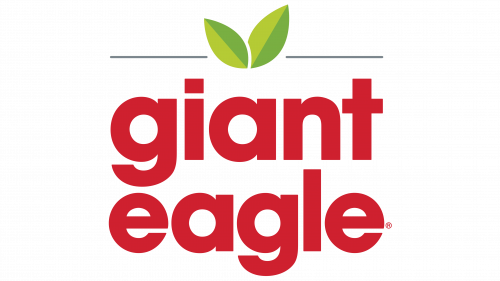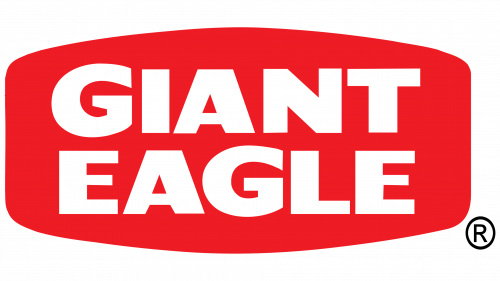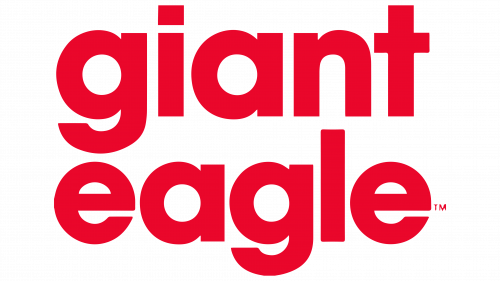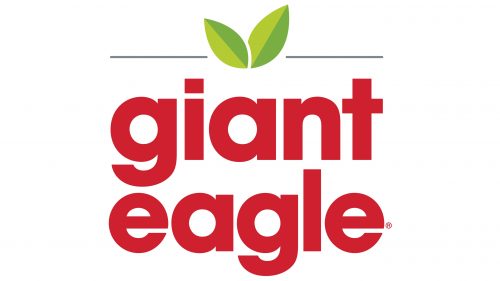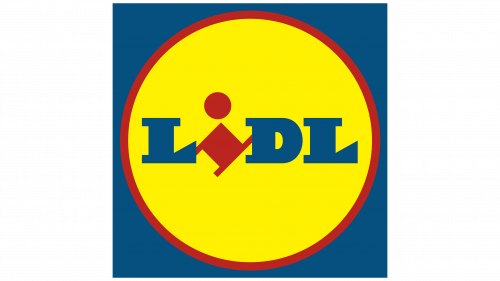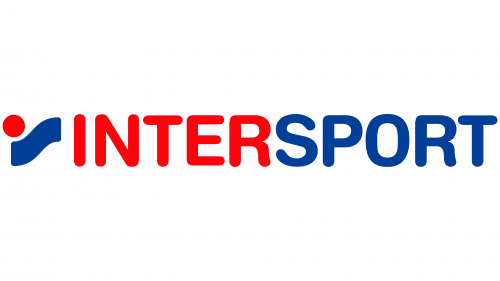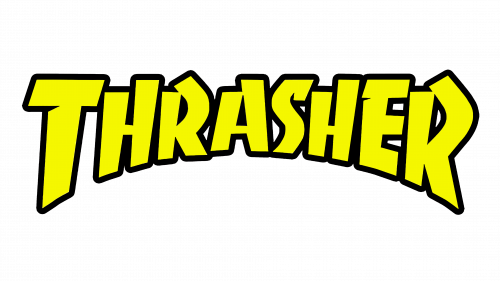The Giant Eagle logo reflects the brand’s key values and mission, centered on providing fresh and natural products. The emblem symbolizes an abundance of plant-based goods that go straight from the farm to the shelves, emphasizing the importance of quality and sustainability. This symbol also represents a company that consistently supports its customers, offering convenient and accessible solutions for their everyday needs.
Giant Eagle: Brand overview
The story of Giant Eagle began in 1931, during the Great Depression when five families—the Goldsteins, Porters, Chaits, Polanskys, and Weisbergs—joined forces to tackle the economic challenges of the time. They founded the Eagle Grocery Company by merging their small grocery stores. This collaboration allowed them to pool resources and expertise, enabling them to buy goods more affordably and operate more efficiently during tough times.
A significant milestone came in 1936 when the company opened its first supermarket in Pittsburgh, Pennsylvania. Unlike the typical grocers of that era, this store offered a wide range of products under one roof, a relatively new concept. The business was among the pioneers in adopting the supermarket format in the region.
Throughout the 1940s and 1950s, the company experienced steady growth, opening more stores in Western Pennsylvania and expanding its market share. During this time, they began experimenting with different store layouts and customer service innovations to enhance the shopping experience.
In the 1960s, the company expanded beyond Pittsburgh, opening stores in other Pennsylvania cities and neighboring states. This period also saw the introduction of new retail technologies, such as automated checkout systems, which improved service efficiency.
The 1970s brought a key development with the launch of the “Fuelperks!” loyalty program. This program allowed customers to earn points on their purchases, which could be redeemed for fuel discounts at the company’s gas stations. The program became a hit, boosting customer loyalty and strengthening the company’s position in the market.
During the 1980s, the company continued to expand into Ohio and West Virginia while experimenting with new store formats, including large hypermarkets and smaller convenience stores. This diversification helped the company cater to different customer needs and stay competitive.
In the 1990s, they made significant investments in store renovations and new openings. The company introduced larger, more modern stores and expanded its private label offerings, giving customers access to quality products at lower prices.
In the early 2000s, the company developed the “shop-in-shop” concept, incorporating services like pharmacies, bank branches, and coffee shops within its supermarkets. This transformed stores into multi-purpose centers where customers could access various services alongside their grocery shopping.
In 2004, they introduced a smaller format, blending convenience store, gas station, and grocery elements. This concept was particularly successful in suburban and small-town locations.
Throughout the 2010s, the company invested heavily in digital technology. The company launched a mobile app and an online store, allowing customers to order groceries for home delivery or pickup. The loyalty program also evolved, using purchase data to provide personalized offers to customers.
In 2013, the company expanded its healthcare presence by acquiring Rx21 Specialty Pharmacy, enhancing its pharmaceutical services, and diversifying its revenue streams.
In response to the growing demand for higher-quality and more diverse food options, the Market District format was launched in 2015. These stores focused on gourmet foods, fresh meals, and organic products, catering to customers seeking premium offerings.
By 2020, with more than 400 stores in various formats, the company had become one of the largest privately held grocery retailers in the U.S. It continued to invest in its product offerings, customer service, and technology.
In 2021 and 2022, the focus was on expanding digital platforms and delivery services to meet changing customer preferences. The company also continued to open and update new stores, emphasizing the most successful formats.
Throughout its history, the business has consistently adapted to changing market conditions and customer needs. What began as a small group of local grocery stores has grown into a large retail network while maintaining its core values and commitment to providing excellent customer service. The journey involves innovation, growth, and a constant drive to improve the shopping experience.
Meaning and History
What is Giant Eagle?
This family-owned business offers a variety of services to customers, combining traditional supermarket goods with additional services such as gas stations, pharmacies, and banking. The stores are known for their commitment to using fresh regional products and a wide selection of private-label items that offer high-quality alternatives to national brands. The Fuelperks+ loyalty program offers customers savings on groceries and fuel. In addition to the main supermarket format, the company operates premium Market District stores and smaller neighborhood markets tailored to different customer preferences.
1933 – 2019
The first supermarket emblem is designed on a red oval base, emphasizing the pursuit of leadership and the importance of the brand. The red color was chosen deliberately, symbolizing strength and the chain’s dominant position from the start through the merger of two major retailers. This merger allowed Eagle to own many stores, securing a substantial market share.
On the oval, white letters form the brand’s name. The word “Eagle” is connected to the fact that the eagle is a symbol of the USA and appears on the seal of the state of Pennsylvania, where the chain operated. Despite changes, this word remained in the new name. To reflect the scale of the chain and its ambitions, the word “Giant” was added, indicating the company’s vast capabilities and broad presence.
The white color of the letters symbolizes the freshness and quality of the offered products, highlighting the importance of these aspects to the company. The large font conveys the idea of a wide range of products and a rich selection for customers, emphasizing that the chain provides everything necessary for its clients.
2019 – 2020
The logo’s uppercase letters were replaced with lowercase letters, and the letters acquired a rich dark cherry color. This change occurred after Ricker’s convenience stores were acquired, marking an important step in the brand’s development. The background removal symbolized the expansion of boundaries, demonstrating that the company was no longer limited to operations in Pennsylvania. New supermarkets were already operating in Indiana, reflecting growth and increased geographic reach.
The logo’s switch to lowercase highlights that after the acquisition, the brand intends to improve its customers’ service quality, making it more accessible and convenient. The dark cherry color chosen for the font emphasizes the company’s solidity, accumulated experience, and stability. It also indicates the continuous 24-hour operation, ensuring customers can rely on service anytime.
2020 – today
The Giant Eagle logo became brighter and more modern with the addition of green leaves and a thin stripe on top. The red lettering is in a large font, emphasizing the confidence and stability of the brand. This approach helps the supermarket chain remain recognizable among customers.
The green leaves symbolize the freshness and natural quality of the products, emphasizing high quality and environmental friendliness. The leaves in the center of the composition act as a symbol of nature, highlighting the brand’s commitment to healthy living and offering quality products.
The thin stripe above the lettering conveys the chain’s high standards. It visually separates the elements, giving the logo neatness and unity.
The red color of the lettering creates energy and dynamism, suggesting the company’s activity and engagement in its work. The green color of the leaves is associated with nature and health, reinforcing the connection to eco-friendly products.
The Giant Eagle emblem represents care for customers and the quality of the products, reflecting the company’s drive to meet high standards.
